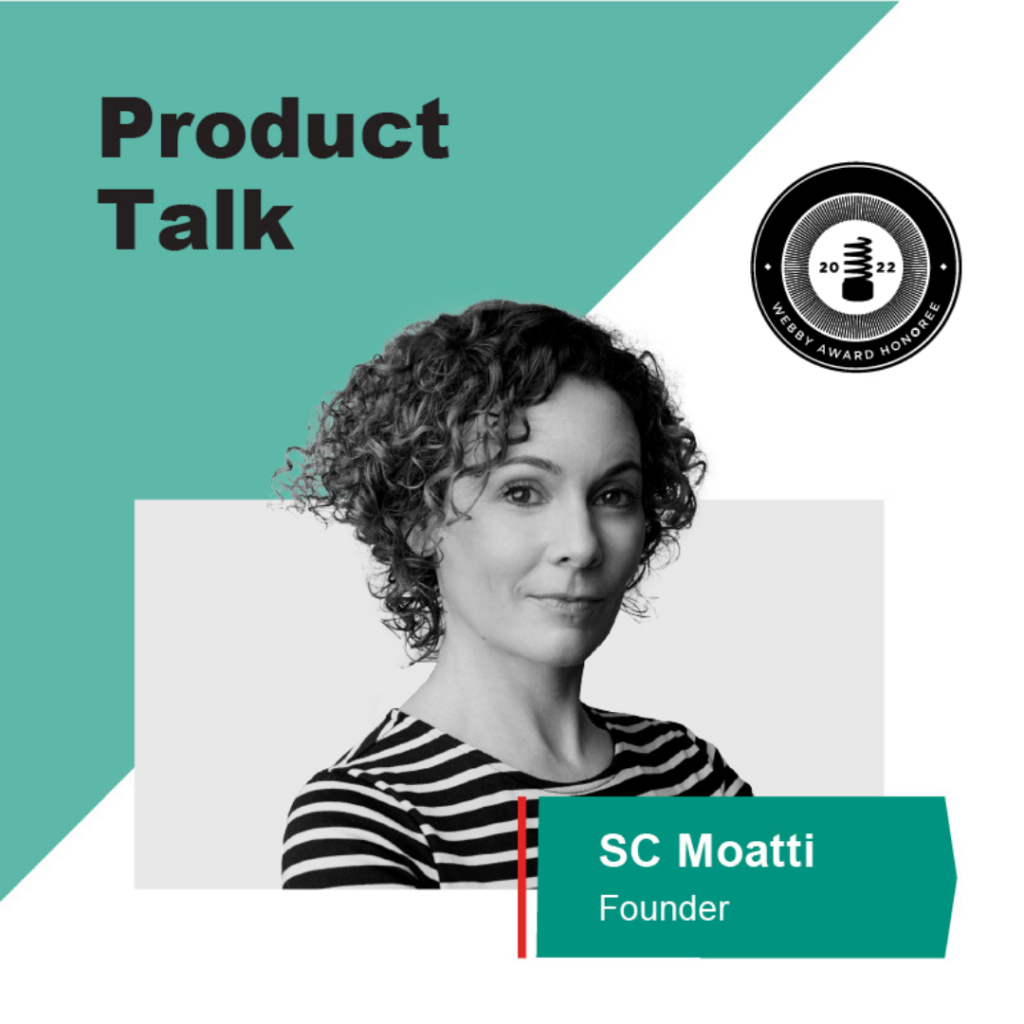Surbhi Kaul is a bit of an inspirational enigma. Growing up in an environment with minimal exposure to computers, gadgets, and other tech, she still became a leading figure in the AI and ML field. Where does she see AI and ML’s role in today’s society and where is it heading? From programs recognizing images to self-driving cars, Surbhi Kaul’s perspective is one you don’t want to miss out on. Especially with her role as Head of Product & Sr. Director at Juniper Networks.
Subscribe at the links below as to never miss a product conversation with leading product executives. New Product Talk episodes live every Wednesday.

AI & ML Product Design, Development, and Adoption
AI and ML are beyond buzzwords. It seems like these days people’s headline on LinkedIn says that they are somehow doing AI or ML. In order to understand this space, I need to define AI and ML. Machine learning is an ability to take data and train a computer program to do a very specific task. Artificial Intelligence is when the machine can reason, sense, and act more like a human.
Providing huge data sets lets the computer accomplish tasks. If the program can extract the right parameters, and it’s able to build a data model, then it’s able to make a decision on that task.
When computers first came out, they were told that basically, the computer will only do what you tell it to do. Now, we’re saying that in the world of machine learning, it actually learns something on its own.
However, that statement isn’t completely accurate because ML acts as guard rails around the specific thing you’re telling the machine to do. This means that you are giving it data to be able to grab information. So you are still providing that information for the program. Essentially, this data is what the computer relies on for the “truth”. Then, using the data, the computer creates a hypothesis that it applies to new information.
It’s true to say that you are not really telling it exactly what to do- you’re just giving it the rules. I think it’s important to understand that you are not training it fully. With machine learning, you are just giving the computer one simple test—that you train—in order for the program to make future decisions that align with the data.
ML Usage For Product Managers
So if we imagine product managers determining if they can do this or not, they need to know how much and what kind of data is needed. Typically what good product managers and good data scientists will do is take the data set and break it out into test data. Then create training data. So you use the same model. Next, you’ll validate to see if your model is working through a portion of the data. Keep in mind, you have the answer and you’re kind of testing it at this stage. So you would use the same some portion of your training data for testing, iterating and improving the model. You might think, “If this is the case I can add some additional features or extract additional features from this data that will move my model even further”.
About the speaker
Surbhi is a graduate from IIT Kanpur and currently works as the product lead for Google Home. She is a seasoned professional with immense product design and strategy experience, in both B2B and B2C. She launched many successful and insightful products over the last decade utilizing AI and machine learning expertise. Her expertise includes product management, design, business planning, technology roadmap definition, and alliances development expertise.